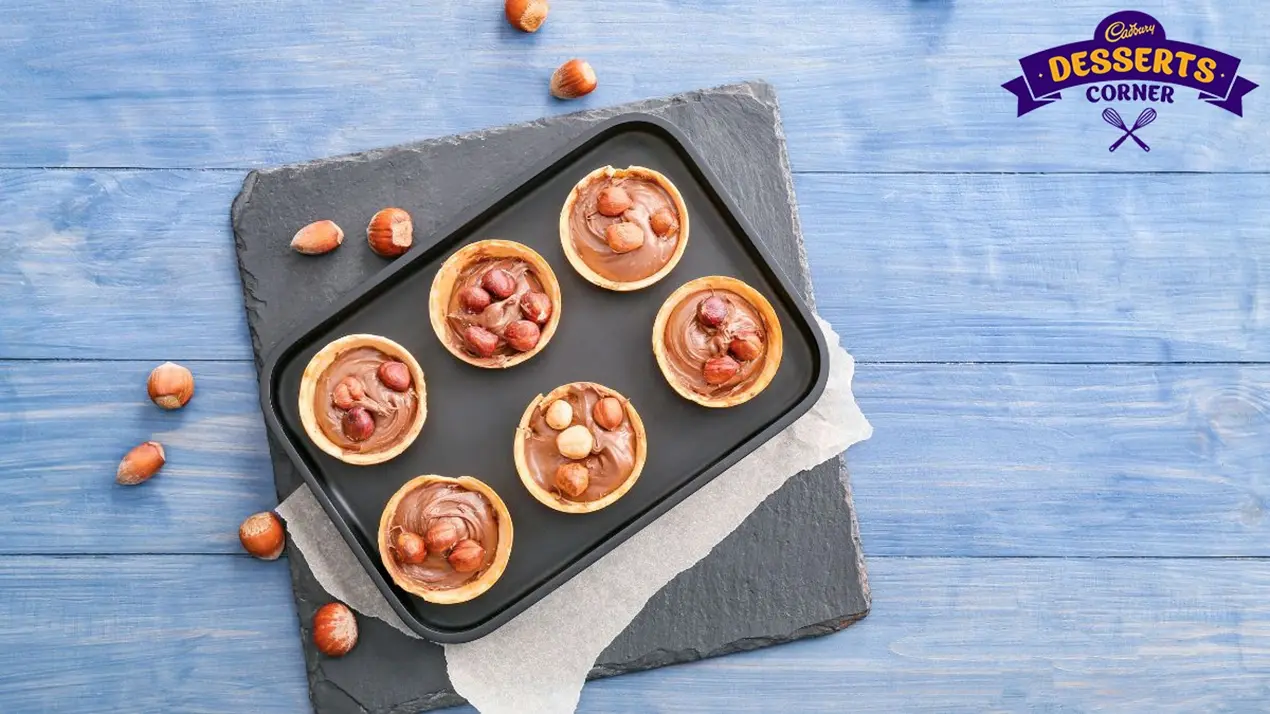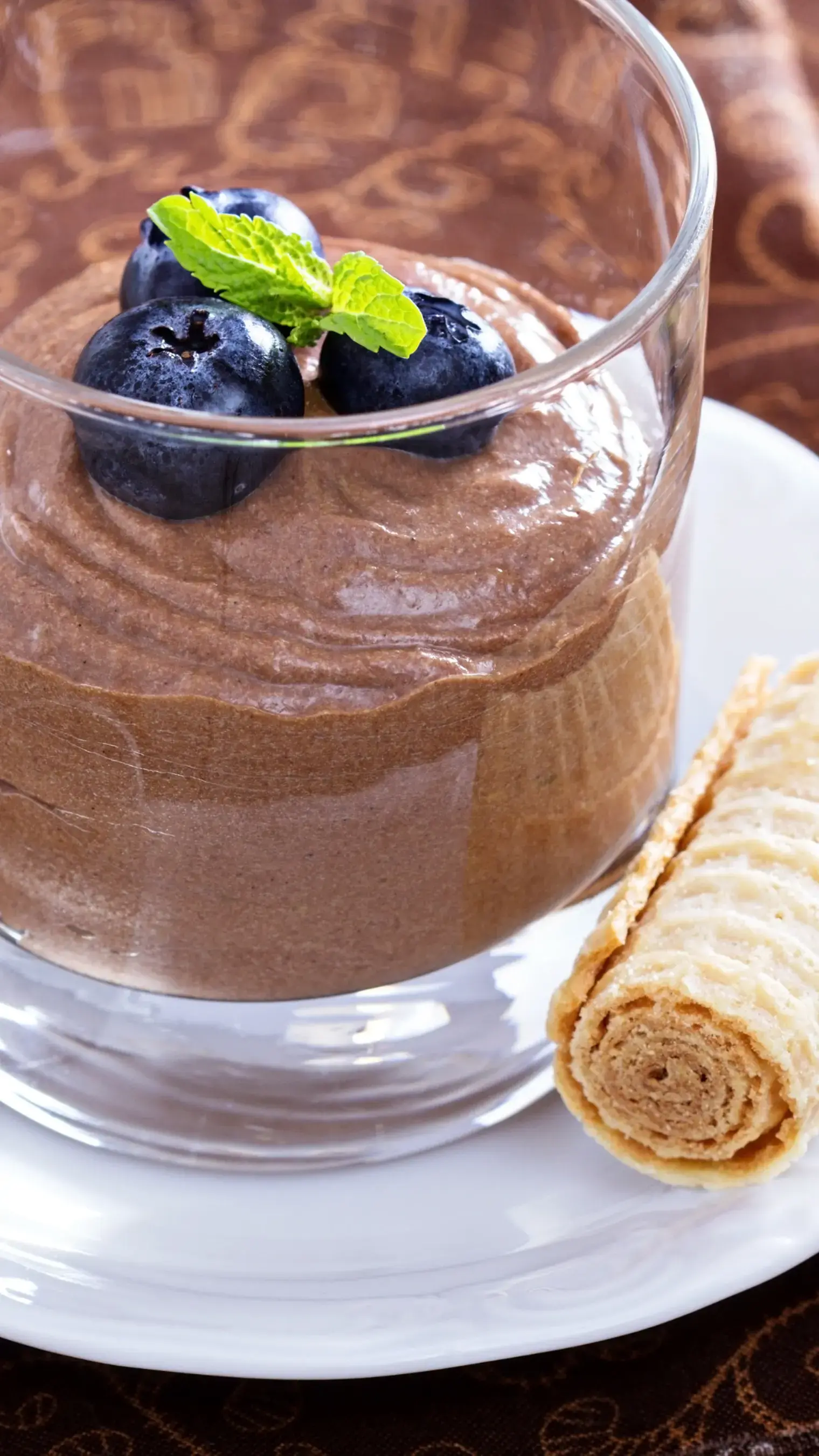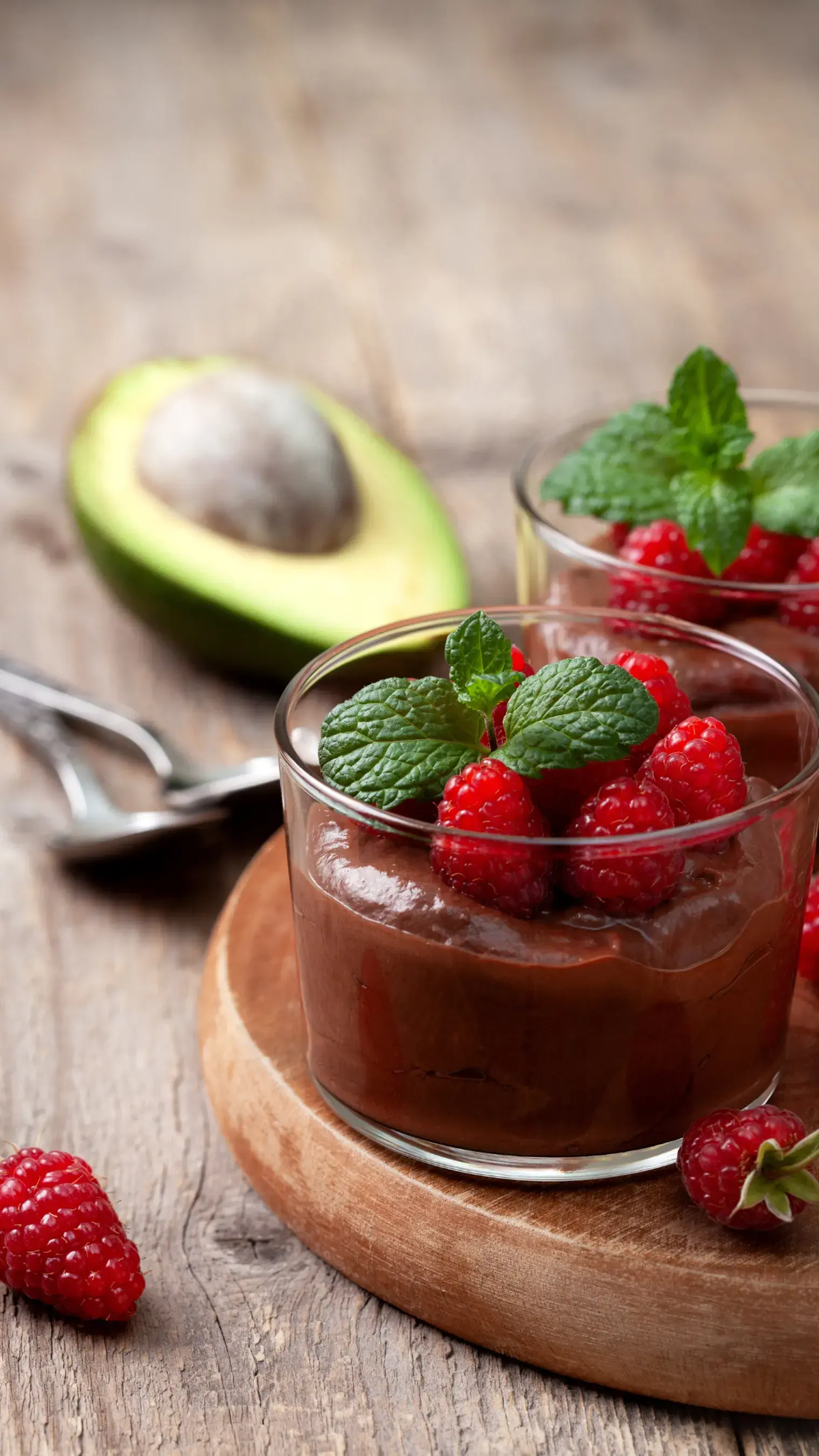A true baker loves nothing more than freshly baked bread in the morning, and here's how you can get your perfect loaf

A true baker loves nothing more than freshly baked bread in the morning, and here's how you can get your perfect loaf
Few aromas prove as tempting as bread fresh from the oven, especially to wake up to in the morning. When making bread for breakfast, bakers should focus on recipes suitable for early hours and easy enough for bleary-eyed beginners. With some fundamental techniques, essential ingredients, and strategic advance planning, homemade loaves can become the new day’s bright spot.
Yeast forms the foundation of most breakfast breads. Active dry yeast needs hydrating in warm (not hot) liquid before mixing into the dough. Using water heated beyond 110°F runs the risk of killing yeast rather than activating it. Pay attention as well to expiration dates, as old yeast fails to rise properly. Reduce chances of dead yeast by storing packets or jars in the refrigerator or freezer.
When proofing the yeast, look for visible bubbling activity within five to ten minutes. Lack of foam likely signals inactive yeast requiring replacement. If unsure, proof a pinch of yeast separately in water first to confirm liveliness before wasting other ingredients.
For flavorful bread, unbleached bread flour contains more gluten-forming protein than all-purpose flour for a better rising and chewier texture. Note that gluten-free flours use special binder ingredients in place of gluten and thus require their own formulations. Whole grain flours milled from wheat berries, rye, and others add dense nutrition, nutty flavor, and often more texture. Experiment by substituting a portion of white flour when adapting recipes.

In terms of sweeteners, bread bakers choose granulated sugar over brown for its ability to dissolve completely into dough. The small amount adds subtle background sweetness while fueling yeast’s growth. For richer flavor, honey or agave nectar substitute nicely, though excess moisture from liquid sweeteners requires a bit more flour compensation.
When it comes to fats, European-style butter with higher milk fat content gives superior flavor over American variants. Oil serves as a frequent substitute, and lends its own unique qualities based on the type used. Olive oil tastes delicious but solidifies when chilled, interfering with dough texture, so avoid refrigerated or laminated doughs.
To mix dough, stand mixers efficiently develop gluten while freeing hands for other tasks. But don’t abandon hand kneading; it equals any machine for building that essential elasticity necessary for doughs to capture and hold rising gases.
All bread dough requires a rise after mixing and before baking. Placing the dough in the refrigerator for its first rise—also called a cold-proof—allows flexibility for morning baking. Yeast stays actively producing bubbles more slowly at cooler temperatures. Take care however with enriched sweet and buttery doughs prone to over-proofing after extended chilling.
When ready to bake in the morning, allow the dough to come to room temp while preheating the oven. Most standard loaves bake at 350-375°F on the middle rack. Because oven temperatures vary, invest in an inexpensive oven thermometer for accuracy. Getting to know an oven’s hot and cool spots takes a few tries as well when learning to produce evenly browned crusts. Rotate pans front to back about halfway through bake times.
And for the perfect golden crust? Spritz dough with clean water before sliding loaves into the preheated oven. The instant steam created helps set the exterior structure for maximum rise and beauty. Repeat spritzing during the first ten minutes for extra color and sheen without making crusts soggy.
Finally, mind the cooling. Resist slicing into tempting bread too soon or else precious moisture escapes. Allowing an hour's rest lets loaves fully settle before cutting tidy slices that won’t crush. Use the waiting time to whip up sweet cream butter, jams, or other homemade accents. Then enjoy the fruits of your labor morning after morning.
Like This Article?
More Like This



Popular Articles





Trending Web Stories
Curated Recipes



















